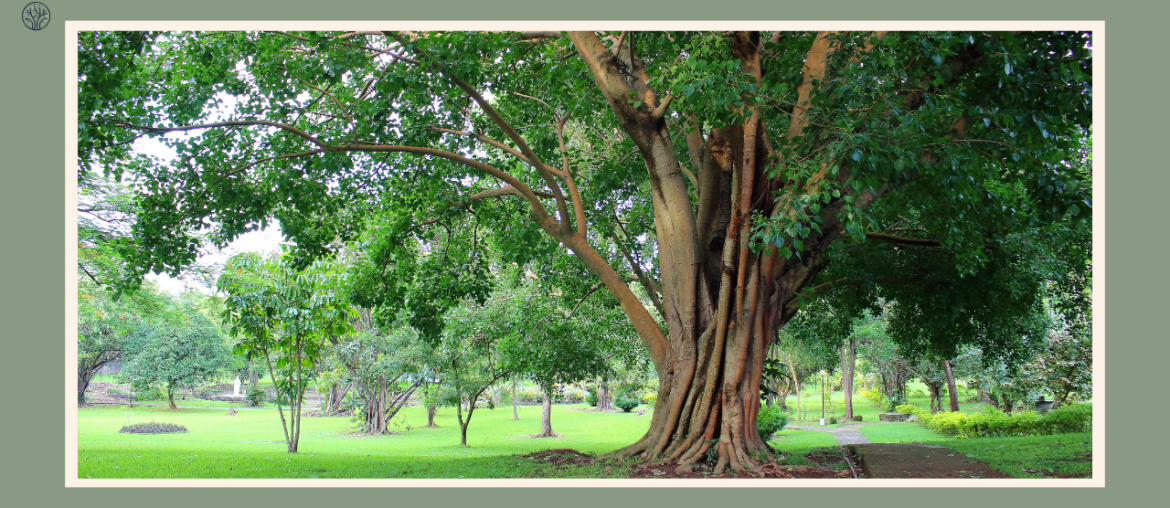You have learned how to prepare the land for planting trees, but that is not enough to ensure their health and growth. Trees face many threats and challenges in their environment, such as pests, diseases, pollution, and climate change. To keep your trees healthy and strong, you need to take good care of them and follow some best practices. In this guide, we will share with you 6 methods to keep your trees healthy.
Methods To Keep Trees Healthy
1. Pruning
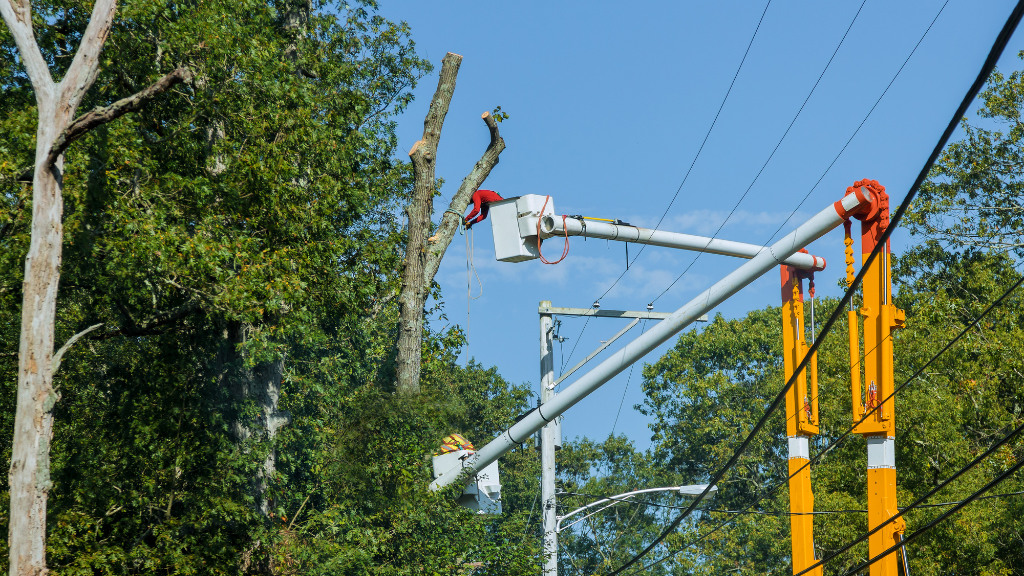
Pruning removes dead, diseased, damaged, or unwanted branches from a tree to improve its health and appearance. By pruning regularly, you also allow more light and air to reach the tree’s canopy and roots, which promotes growth and reduces the risk of pests and diseases.
The best time to prune most trees is in late winter or early spring before the new growth starts. However, some trees may need pruning at different times of the year depending on their species and condition. For example, flowering trees should be pruned after they bloom, while evergreen trees can be pruned anytime except in late fall or early winter.
When pruning your trees, make sure to use sharp and clean tools, follow the natural shape and direction of the branches, and avoid making large or flush cuts that can damage the tree’s bark or create wounds that are vulnerable to infection.
2. Watering
Proper hydration is essential for keeping your trees hydrated and healthy, especially during periods of drought or extreme heat.
The amount and frequency of watering your trees depend on several factors, such as the tree’s size, age, species, location, soil type, weather conditions, and season. A general rule of thumb is to water your trees deeply and infrequently, rather than shallowly and frequently. This encourages the roots to grow deeper and stronger, which improves the tree’s stability and drought tolerance.
A common mistake that people tend to make is using sprinklers or hoses that spray water on the leaves or trunk this isn’t healthy for the tree as this can cause fungal diseases or sunburn. Instead, you use a soaker hose or a drip irrigation system that delivers water slowly and evenly to the root zone.
3. Fertilizing
Just like any living organism, trees require proper nourishment to flourish. However, over-fertilizing can also harm your trees as too much fertilizer can burn the roots, leach into groundwater sources, or attract unwanted insects or rodents.
The best way to determine if your trees need fertilizing is to test the soil for its pH level and nutrient content. You can also observe your trees for signs of nutrient deficiency, such as yellowing or browning of leaves, stunted or sparse growth, reduced flowering or fruiting, or dieback of branches. Based on the results of your soil test or observation, you can choose an appropriate fertilizer for your trees.
The two most common types of fertilizers are organic and synthetic. Both have their own strengths and weaknesses and whichever type of fertilizer you choose, make sure to follow the label instructions carefully and apply it evenly around the drip line (the outer edge of the canopy) of your tree.
Finding quality organic fertilizers can be challenging, especially if you care about sustainable farming and environmental protection. That’s why I recommend checking Rocky Mountain BioAg, a brand that offers a wide range of organic products that are safe, effective, and affordable.
4. Mulching
Mulching not only enhances the visual appeal of your tree surroundings but also contributes to soil health. A layer of mulch conserves moisture, filters rainwater, and slows down evaporation. It protects tree roots from extreme weather conditions.
The recommended depth of mulch for most trees is 2 to 4 inches (5 to 10 cm), depending on the type and size of the mulch material. The mulch should be spread evenly around the tree, leaving a gap of 3 to 6 inches (8 to 15 cm) between the mulch and the trunk. The mulch should also be replenished or replaced periodically as it decomposes or settles.
5. Not-interfering
It’s essential to understand that not all trees require human intervention to thrive. In fact, most trees flourish when left to their own devices. However, human activities, even unintentional ones, can inadvertently harm these natural wonders.
For example, did you know that parking your car under a tree regularly can hurt the tree? The weight of the car can make the soil too hard and tight, which can prevent the roots from growing and getting enough water and nutrients. This can affect the tree’s stability and health. To avoid this, you should park your car away from the tree and keep the soil around it loose and moist.
Another thing to watch out for is construction work near trees. Building too close to trees can damage their roots and limit their growth. This can also make them more vulnerable to diseases and pests. To protect your trees’ health, you should talk to your contractors about how to avoid harming them and mark off areas that are off-limits for construction vehicles.
6. Inspecting
One of the best ways to take care of your trees is to observe them regularly. By paying attention to your trees’ appearance, you can notice any changes that may indicate a problem, such as a disease. The sooner you detect a problem, the easier it is to treat it.
Some of the signs that your trees may need help are sudden changes in color, slow growth, or unusual leaf shapes. You should compare your trees’ appearance with how they look when they are healthy and see if there are any differences.
Another thing that can help you care for your trees is to know what kind of trees they are. Different types of trees have different needs and face different threats. You should research your tree species and find out what they need and what they are vulnerable to.
If you are not sure about your trees’ health or if you notice something serious, you should contact an ISA-certified arborist.
Common Tree Problems
Early diagnosis is the best way to keep trees healthy that’s why you should equip yourself with the right knowledge about some common tree problems.
Leaf Rust
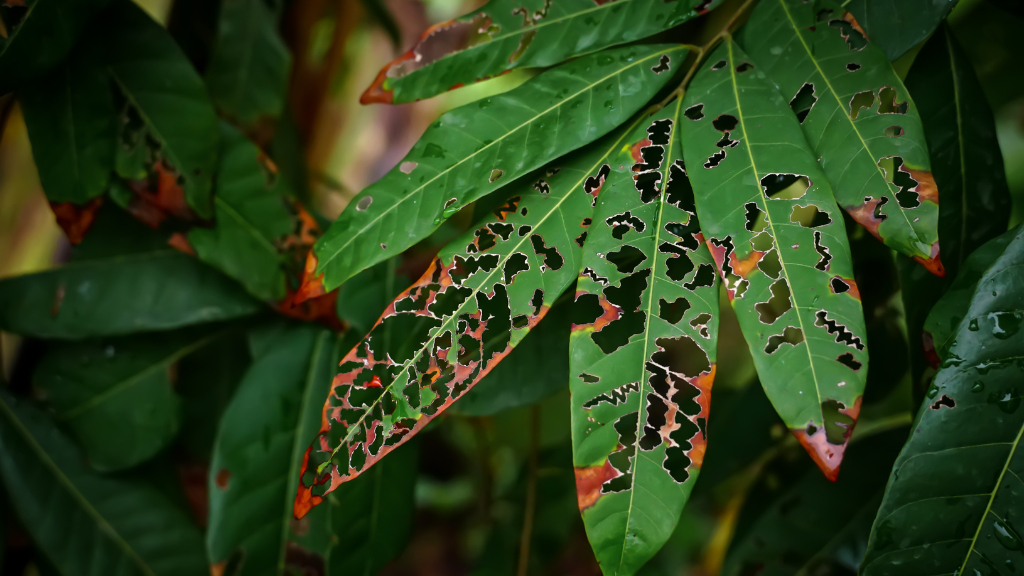
These are reddish-orange spots on the leaves of many deciduous trees, such as birch, poplar, willow, and maple. These spots are created by a fungus that interferes with the photosynthesis process. Leaf rust usually does not kill the tree, but it can weaken it and make it more susceptible to other stresses.
Fire Blight
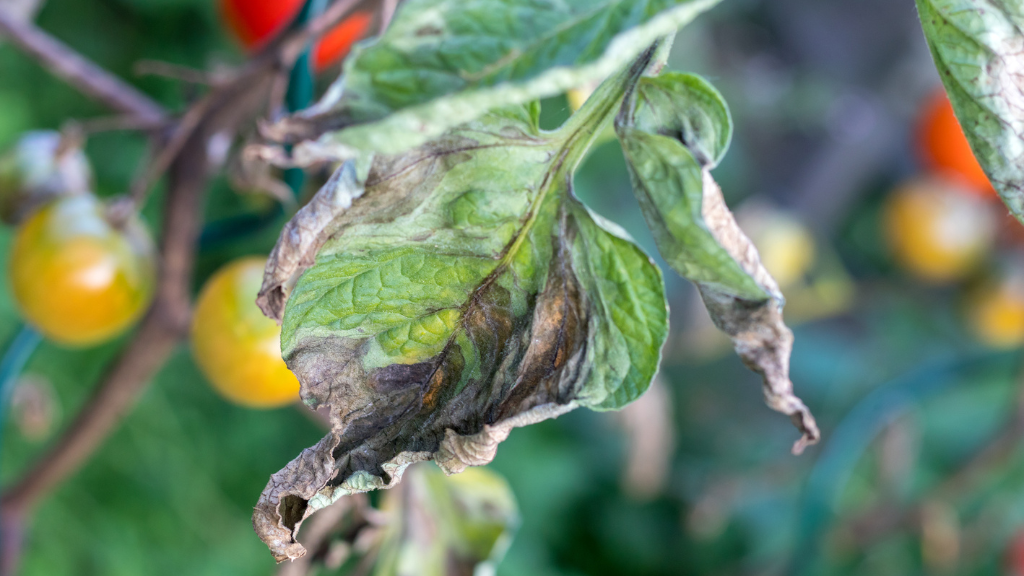
Fire blight is a bacterial disease that affects many fruit trees, such as apples, pears, crabapples, and quince. The disease causes the branches and twigs to wilt and turn black or brown as if they were scorched by fire. Fire blight is dangerous as it can spread rapidly through the tree and kill it within a few years.
Branch problems
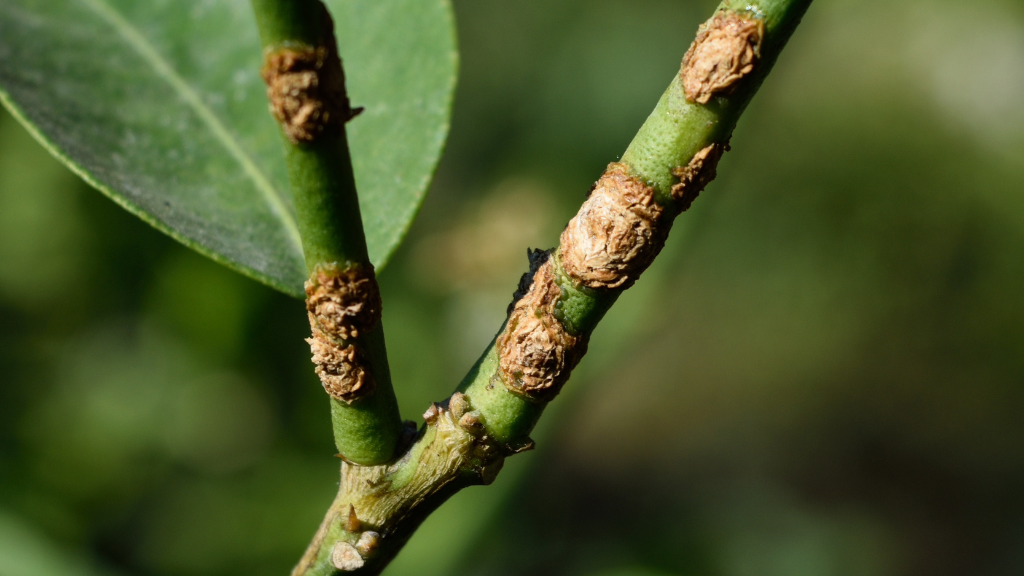
Tree branches can be affected by various diseases that can impair their appearance and indicate the health status of the tree. Some of the common diseases that cause branch problems are:
- Dieback: This is when the branches die from the tips inward. Dieback can indicate that the tree is stressed by drought, lack of nutrients, pests, fungi, root damage, soil compaction, or girdling. It can also make the tree look unhealthy and unattractive.
- Cankers: These are sunken or swollen areas on the bark that indicate tissue death or decay. Cankers can indicate that the tree is infected by fungi or bacteria, or damaged by insects, fire, or mechanical injuries. They can also weaken the tree’s defense and allow further infection or decay.
- Cracks: These are splits in the bark that indicate structural weakness or decay. Cracks can indicate that the tree is affected by frost, drought, lightning, improper pruning, or mechanical injuries. They can also compromise the tree’s stability and increase the risk of breakage.
- Borer holes: These are small round openings in the bark that indicate the presence of wood-boring insects. Borer holes can indicate that the tree is attacked by beetles, moths, wasps, or flies that feed on the wood or sap of trees. They can also damage the tree’s health and vitality.
Root problems
Roots are essential for the tree’s survival, as they provide water, nutrients, anchorage, and stability. However, root problems are often hidden and difficult to detect, and may require professional help to diagnose. Some of the common root problems include:
- Compaction: When the soil becomes too hard and tight due to pressure or weight, it causes compaction. This can be caused by heavy foot or vehicle traffic, construction activities, or poor drainage. Compaction reduces the soil’s ability to hold water, oxygen, and microbes, which affects the root’s growth and health.
- Rot: Fungal or bacterial infection can cause the root tissue to decay or decompose, resulting in rot. This can be caused by poor drainage, overwatering, soil pH imbalance, or root injury. Rot weakens the root’s structure and function, which affects the tree’s vigor and resistance to stress.
- Girdling: This is a condition where the root is constricted or severed by a foreign object, such as a wire, rope, plastic, or metal. Girdling can be caused by improper planting, landscaping, or staking. This cuts off the flow of water and nutrients between the root and the trunk, which leads to the death of the affected root and eventually the whole tree.
Conclusion
Keeping your trees healthy is not only beneficial for your trees but also for you and your environment. Healthy trees can enhance your landscape’s beauty, value, and function. They can also provide you with shade, oxygen, wildlife habitat, and many other services. By following these tips and techniques on how to keep your trees healthy, you can benefit from your trees for years to come.

